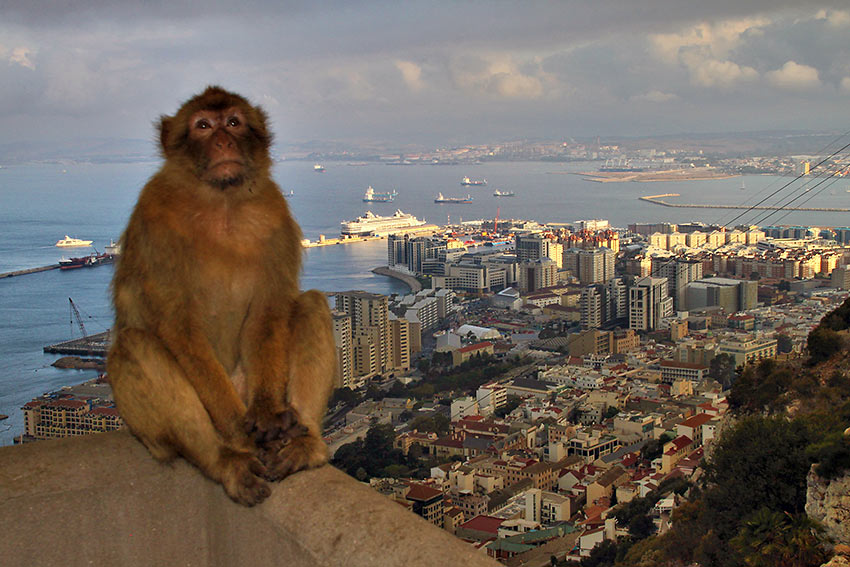
Well, I’m still basking in the memories of my cruise experience aboard Holland America’s ms Veendam. At the end of each day’s illuminating tours of the ports of call – Lucca and Pisa, Málaga, Barcelona, Monaco and Gibraltar – I would excitedly rush back to the vessel to my favorite lounge, the Crow’s Nest, where I’d compile my notes over a crisp, full bodied Budweiser Budvar (circa 1245). The venue was quiet and relaxing, and once again I must commend Holland America for the remarkable attention to service. I was on a first name basis with many of the staff, who were always interested to hear about that day’s tour. Last month in Part I, I wrote in detail about this floating pleasure palace christened the ms Veendam and the ostentatious culture of the tiny nation of Monaco. In Installment II, I cover the selected highlights of Lucca, Pisa, Barcelona, Málaga and Gibraltar.
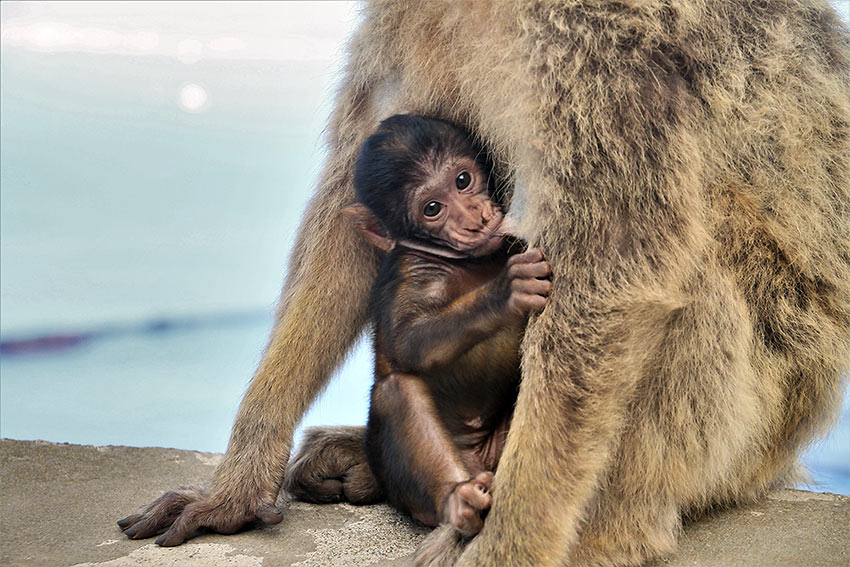
Gibraltar – The Barbary Monkeys: Originally from Morocco’s Atlas Mountains, Gibraltar’s Barbary Monkeys are the only wild monkey population on the European continent. Though not confirmed, some believe they were brought to Gibraltar by the pirate, Red Beard. Currently, some 300 animals in five troops occupy the Upper Rock area of the Gibraltar Nature Reserve. The cute little critters are inquisitive and have no fear of humans. Upon my arrival one jumped on top of my car. Foraging for food seems to be their main goal, and they are known to even traverse the streets of capital city below. Due to being tailless species, they are often mistakenly referred to as Barbary Apes or Rock Apes. As an endangered species, Gibraltarian officials keep a sharp eye on them, documenting each individual monkey, feeding them and giving medical examinations.
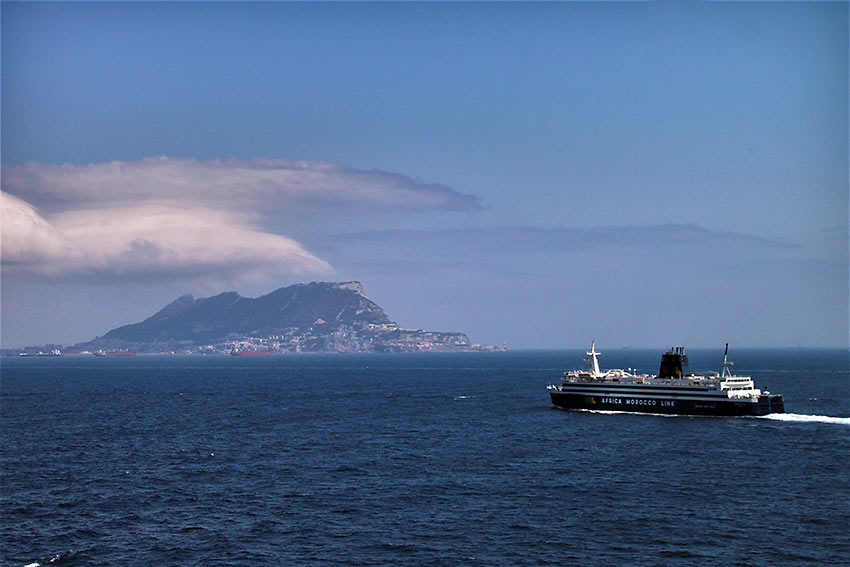
With Spain at its back, on the southern tip of the Iberian Peninsula, Gibraltar’s two square miles of limestone Rock overlooks the Strait of Gibraltar, which separates it from Morocco. As a lover of maps, it was exhilarating viewing the African coast just 15 miles away. History tells us that Roman ships sailing west on the Mediterranean would not go beyond the Strait for fear of falling off the edge of the earth.
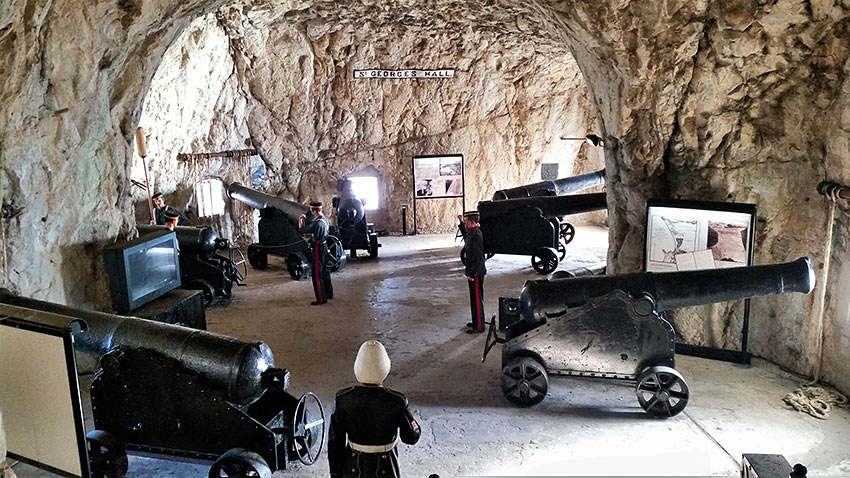
As a British Overseas Territory, the Rock features 32 miles of tunnels, as protection from Spanish and French forces in their attempt to take Gibraltar back from the British, when they were at their weakest during the American Revolution. In one surprise attack, the monkeys were disturbed in the night, and alerted the soldiers. This led to the saying, “As long as the Apes (monkeys) remain on the Rock, so will the British.”
During WW II, the British used the tunnels as a garrison to guard the territory from an attack by the Axis Powers. In the early days of the war, Winston Churchill had visited Gibraltar, and was disturbed that the population had dwindled down to only seven monkeys. He immediately instructed that five new females be sent to the Rock. Churchill was well aware of the Gibraltar Monkeys’ symbolic importance to the British people, and feared that the disappearance of the animals would have a detrimental effect on morale – which the British Empire needed plenty of when they stood alone against the Nazis in 1941.
The population of the capital city of Gibraltar, situated at the base of the Rock, weighs in at 4,495. It’s small, flat and easy to stroll, with numerous venues selling all things British. Fish and chips, anyone? At the edge of the city rests the courthouse where John and Yoko were married, and Sean Connery, married twice.
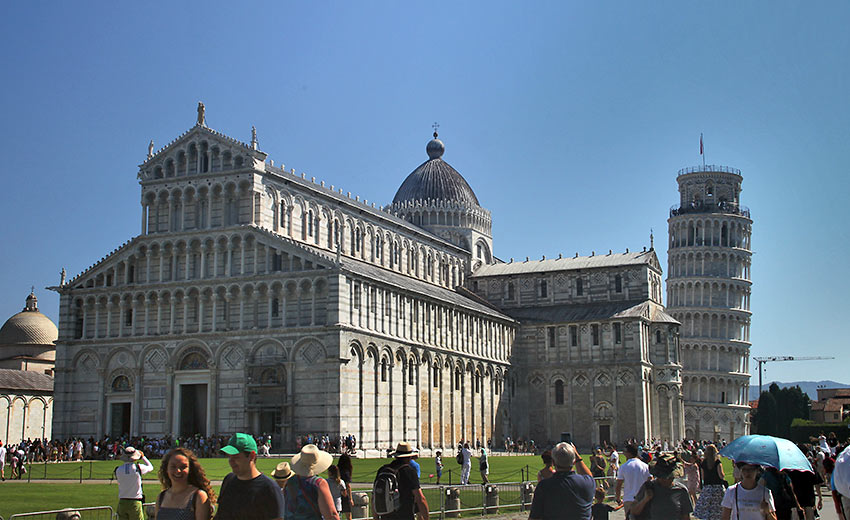
PISA – Leaning Bell Tower of Pisa: Yes, it really does lean. In fact, it started to lean during construction in 1178, before builders had even reached its third story. Over the next 800 years, it became clear that the 180 ft. white-marble cylinder wasn’t just learning, but was actually falling at a rate of 3 ft. per year. This was due to an unstable foundation of shifting soft soil, fine sand and shells – an engineering debacle flawed from the beginning – which could not properly support the structure’s weight. To compensate for the tilt, the next eight-stories were built slightly taller on the short side in an attempt to disguise the tower’s lean. However, the weight of the extra floors caused the Romanesque-style tower to sink further and lean more. Because of this, the tower is curved. Numerous efforts throughout time have been made to restore the bell tower to a vertical symmetry. In 1964, the Italian government insisted on retaining the current tilt, due to the money-making role that the Tower played in promoting tourism to Pisa. Today, only groups of 30 are allowed inside at once, and are welcome to scale the 251 steps from the bottom to the top of the Pisa Tower. The Tower’s bells have long been silenced as their movements could worsen the lean of the bell tower further.
Throughout the years, we’ve all seen endless photos of the Leaning Tower, but to witness it in person was a monumental occasions. I was unaware that the Tower stands on a pristine green-expanse inside the medieval walls of the Square of Miracles. The piazza is also shared by the white marbled Cathedral of Pisa, the Baptistery – famous for its acoustics, demonstrated by singers daily – and Capuano Monumental Cemetery, made with 53 shiploads of earth brought back from the Hill of Calvary in Jerusalem.
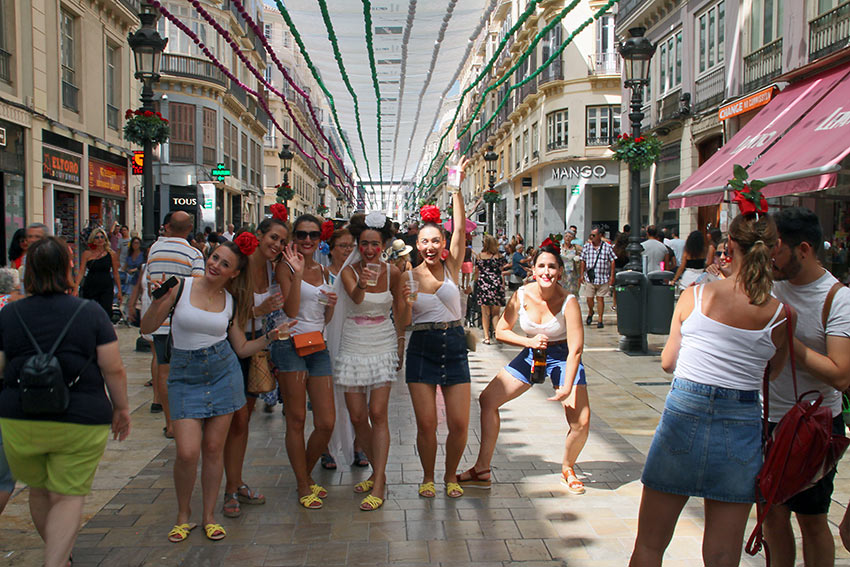
Málaga – Feria de Málaga: I generally avoid outdoor street fairs, but that was before I joined the Feria de Málag (Malaga City Fair) in Málaga, Spain. I said ‘joined’ for I was made to feel part of the all-inclusive event in honor of the 15th century Catholic Monarchs who marched into the city after 800 years of Islamic rule. I had never seen such open displays of affection: old friends embraced, strangers kissed one another on the cheek, and Malagueños couples walked hand-in-hand through the maze of the celebrating crowd. Musicians played anthem-like songs, with the crowd singing along, knowing every word. The day time event (there’s also one at night) is primarily based in Old Town along Calle Larios, where shops are beautifully decorated, patios turn into makeshift casetas, and restaurants take to the streets to offer their regional specialties. The streets are overflowed with parades and shows, including the traditional dances of the Verdiales, whose origins can be traced back to the Minoan civilization. Women are sure to wear enchanting red flowers in their hair and decorative fans while men carry Málaga’s famous sweet wine, Cartojal, which is poured into traditional fuchsia pink cups. Saluds are made and the laughter is infectious. It’s a celebration open to all who want to experience the addictive warmth and charm of the cosmopolitan Malagueños. You do not need an invitation or formal attire, just the desire to have fun.
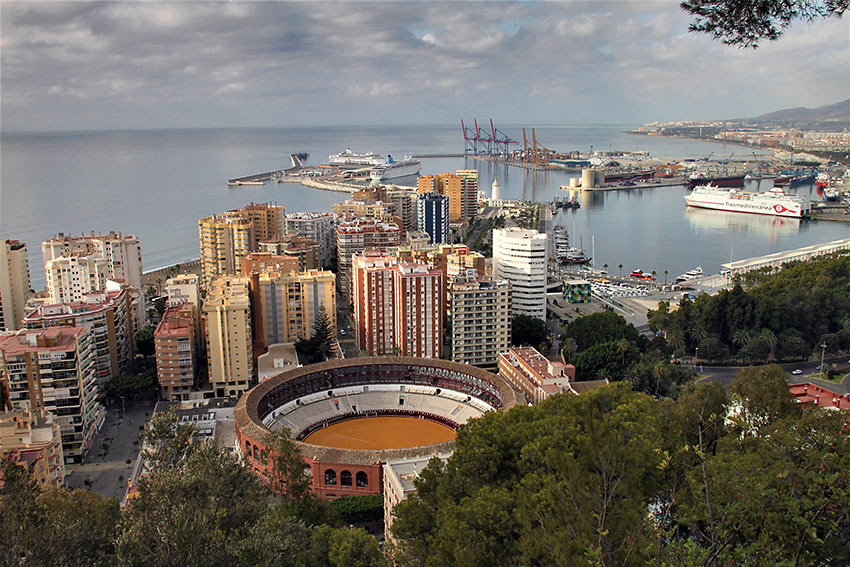
With a population of 571,026, Málaga lies on the Costa del Sol (Coast of the Sun) in the Autonomous Community of Andalusia, Spain. It has long been a vacation destination for British tourists, with many retiring there. Today, an estimated 6 million tourists visit the city each year. In many respects, vacationers consider the culture, cuisine, history and alluring beaches of Costa del Sol to be the very essence of the REAL Spain. If you are not too exhausted from the Feria de Málaga, you can visit the birthplace of Pablo Picasso and the Museo Picasso Málaga, where Picasso’s earlier paintings are on display. From the panorama of a hill, I noticed a bullfighting ring. I asked the two Malagueños beside me, if tickets were available. Without a look, they ignored me. I finally got it: many Spanish people are appalled and ashamed of this cruel and barbarous so called ‘sport,’ where the bull always loses.
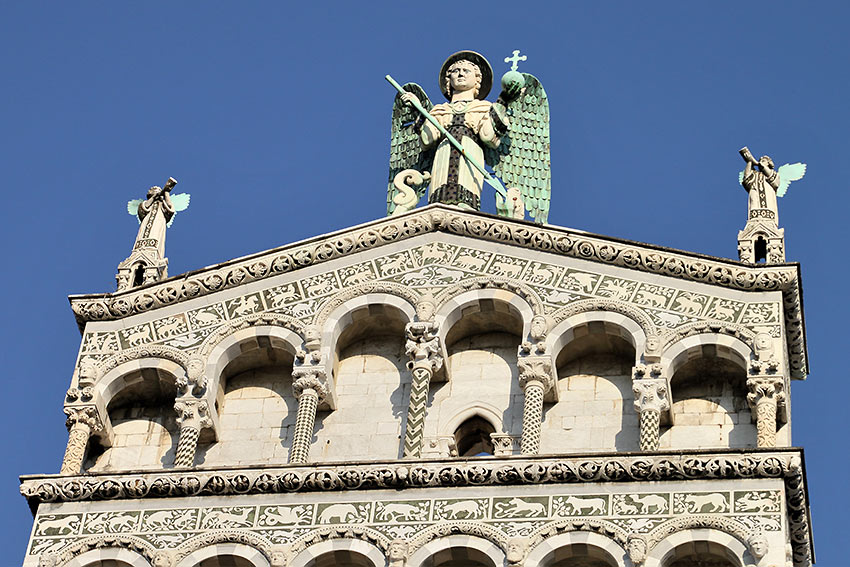
Lucca – The City of Walls: Nestled in Tuscany, Lucca is renowned for its well-preserved city walls encircling its historic city center. The first wall was built by the Romans, but abandoned due to the advent of gun powder in China. I noticed locals bicycling the top of the walls, with stunning country views on one side and narrow Roman cobblestone streets on the other. This will be the first thing I do upon my return to Lucca, which is ideal for a two-day stay. The city is also the site of the 56 BC Roman First Triumvirate where an uneasy alliance was made between Julius Caesar, Pompey and Crassus, designed to maintain Rome’s earlier expansions. Then, breaking the agreement himself, the military genius Caesar crossed the (now Julian) Alps and defeated the Gauls. With Caesar’s triumphal return to Rome, he proclaimed himself emperor of the new Roman Empire, which resulted in the fall of the Roman Republic for good. We all know the rest.
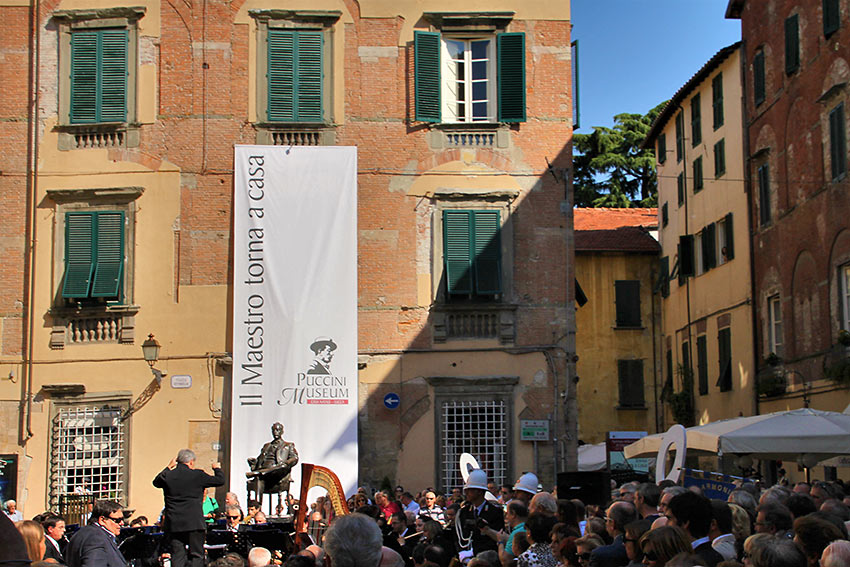
Lucca’s most famous citizen is clearly Giacomo Puccini (1712–1781), considered to be the greatest composer of Italian opera after Verdi. Best known for his masterpieces: ‘La bohème,’ ‘Madama Butterfly,’ ‘Tosca’ and ‘Turandot,’ he was born and raised in Lucca, and lived there for most of his life. The Puccini Museum includes Puccini’s birthplace, and showcases priceless objects that once belonged to the musician: the Steinway & Sons piano used to compose ‘Turandot,’ signed scores of early compositions, handwritten letters, paintings, photographs, sketches and mementos. The centerpiece of the museum is an exhibition that explores the personality, the genius and the passion of Puccini.
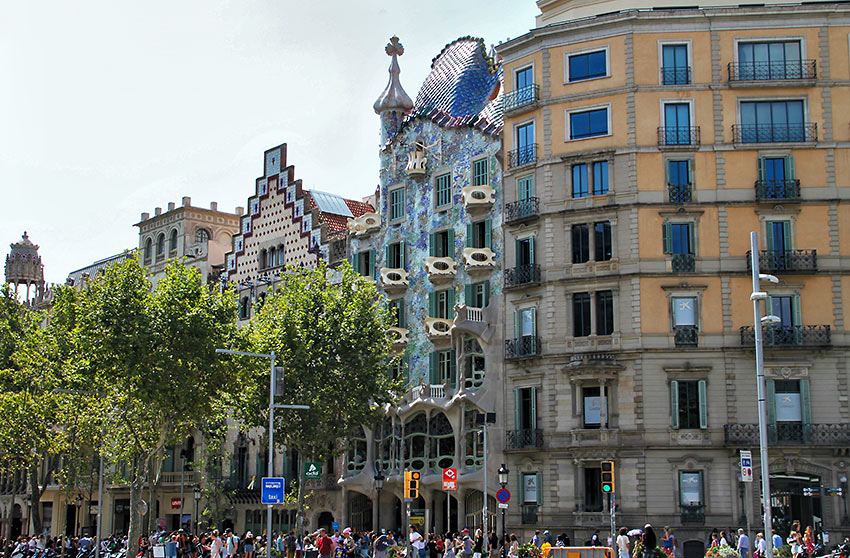
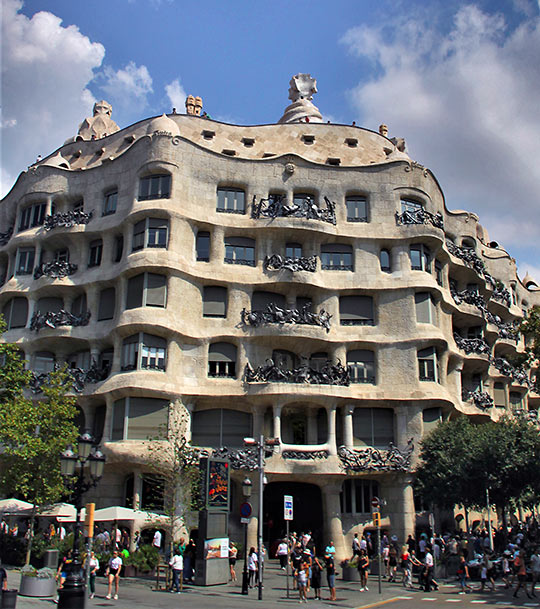
Barcelona – Antoni Gaudí (1852 1826): Spending 16 hours was far too little time to explore the enthralling metropolis of Barcelona, the capital of Spanish Catalonia. Peopled by 1.6 million stylish and sophisticated Barcelonés, I was greeted with grand boulevards and welcoming pedestrian malls which wandered down to the waterfront. I was particularly enchanted by the cityscape that reflects the lifelong work of Barcelona architect, Antoni Gaudí, considered the greatest exponent of Catalan Modernism. As a proud Catalander, he refused to speak Castilian and seldom left his beloved Catalonia. Gaudí’s architecture illustrates his profound passion for nature and devotion to religion. Still ahead of his time, he integrated used ceramic pieces, stained glass and wrought ironwork into his architectural style. Seven of his works have been declared UNESCO World Heritage Sites, and include the still-incomplete Sagrada Família, the most-visited monument in Spain. A visiting bishop once asked him, “Why do you trouble yourself so much about the tops of the towers? After all, no one will ever see them.” “Your Grace,” replied Gaudí, “The angels will see them.” His faith in the Roman Catholic Church intensified towards the end of his life, with his living in a squalid room at Sagrada Família, frantically attempting to finish his astonishingly masterpiece. Still dressed in his work clothes, he would often venture out for a long walks in nature. In 1926 he was tragically run down by a streetcar. Gaudí desperately waved for assistance from passing vehicles, but was dismissed as a ragged beggar, and died shortly after. Today he is often times referred to by his nickname, “God’s Architect.”
For more about Barcelona, visit Richard Carroll’s two edifying articles on Traveling Boy, which feature stunning photographs by Halina Kubalski.
- A Gothic Happening in Barcelona’s Old Quarter by Richard Carroll
- Lift a Fork in Barcelona by Richard Carroll
For further information, logon to www.HollandAmerica.com.






















